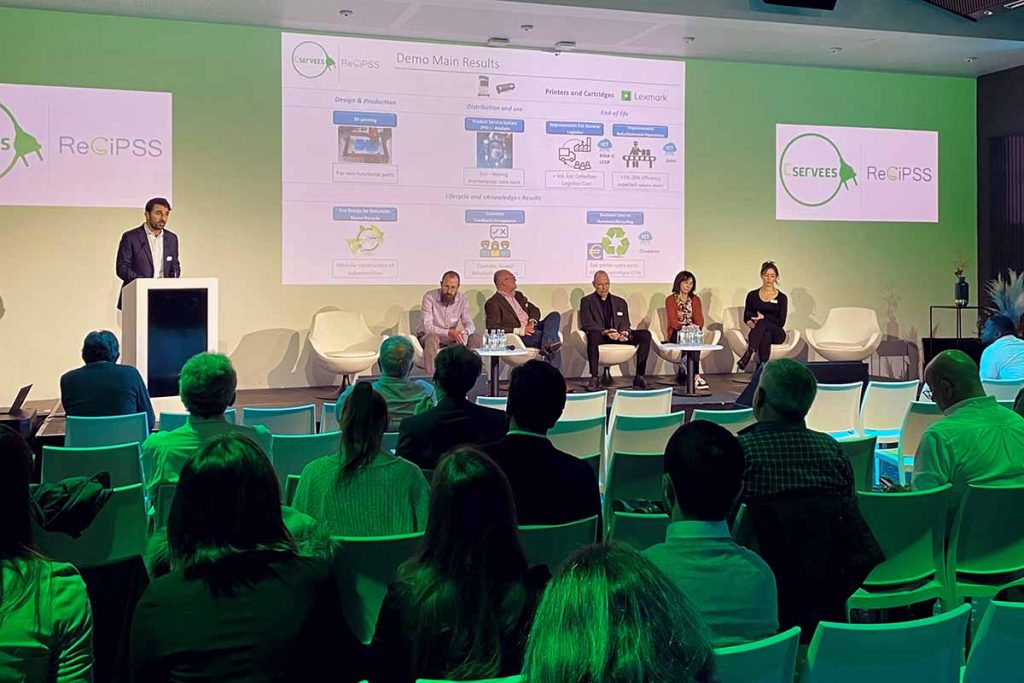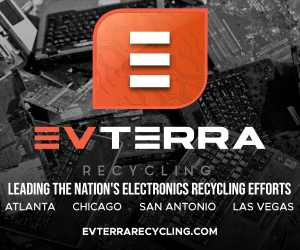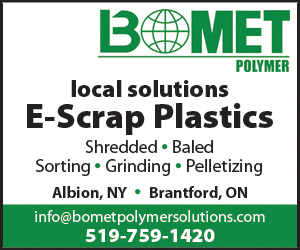
The AIMPLAS-coordinated project sought to test the efficacy of several circular business models, including ecodesign, ecoleasing and improved waste management. | Courtesy of AIMPLAS
Four years of work on circular business models in the electronics sector wrapped up in mid-October, when the C-SERVEES Project gave its final report.
The C-SERVEES Project was financed by the European Union and brought 10 counties, AIMPLAS and three manufacturing companies together to test various circular business models.
The group tested the models using washing machines, televisions, printers and telecommunication equipment from the companies Arçelik, Lexmark and ADVA. The models included “ecodesign, ecoleasing and better management of waste,” a press release noted.
The project also took into account consumer feedback using online questionnaires, in-depth interviews and living labs.
“The results we have obtained are the first step in the effective implementation of circular economy business models in a sector in which the waste generation rate is growing from 3% to 5% annually,” the group stated. “There are still challenges ahead and all the agents in the value chain must stay connected, as we have done within the C-SERVEES Project, to face barriers and take measures in many areas, including the design of equipment, new methods for marketing and use and new repair, reuse and recycling tasks, without overlooking legislative aspects and user awareness and acceptance.”
Ecodesign criteria included low-impact materials, energy efficiency, durability, easy disassembly, component recycling and ease of reuse and repair.
“Research was carried out to improve recycling and disassembly of all target products, which resulted in new disassembly protocols and possible new business lines for recovery of spare parts and components,” the press release noted.
Ecoleasing addressed keeping different product service systems in the circular economy by allowing them to be leased, then brought back and repaired before being leased out again. The project also developed an integrated platform for secure exchange of information between parties in the supply chain.
“Thanks to this platform, manufacturers will be able to redesign their products to personalize them and optimize their end of life in accordance with the requirements of users and waste managers,” the press release noted. “In turn, consumers will be able to improve their consumption habits by adopting more sustainable ones, and waste managers will have access to useful information to facilitate WEEE reuse and recycling, all thanks to the QR code on each product.”
More stories about research
- Project brings rare earth recovery into e-scrap facility
- Texas A&M researches rare earth extraction
- Report: Battery ‘retirement tide’ nears



